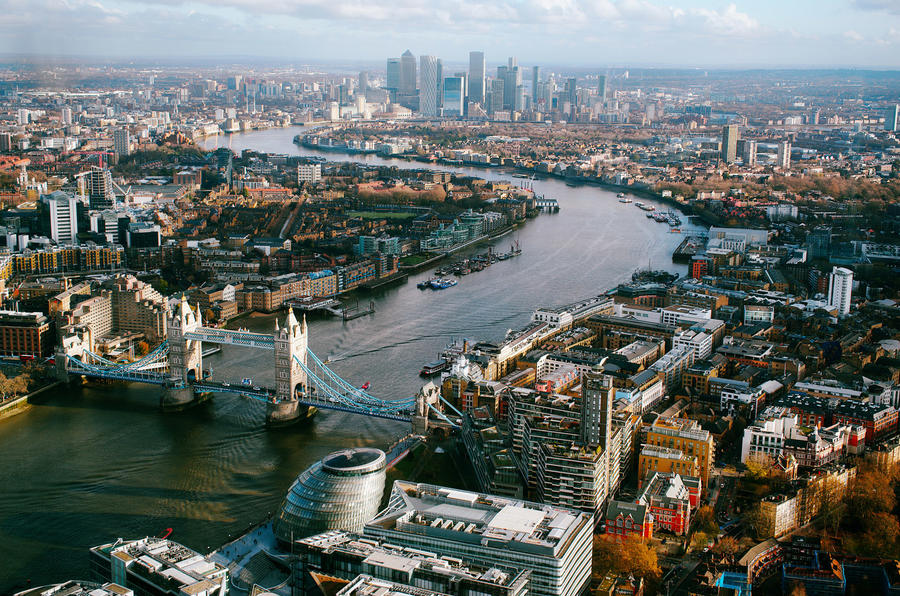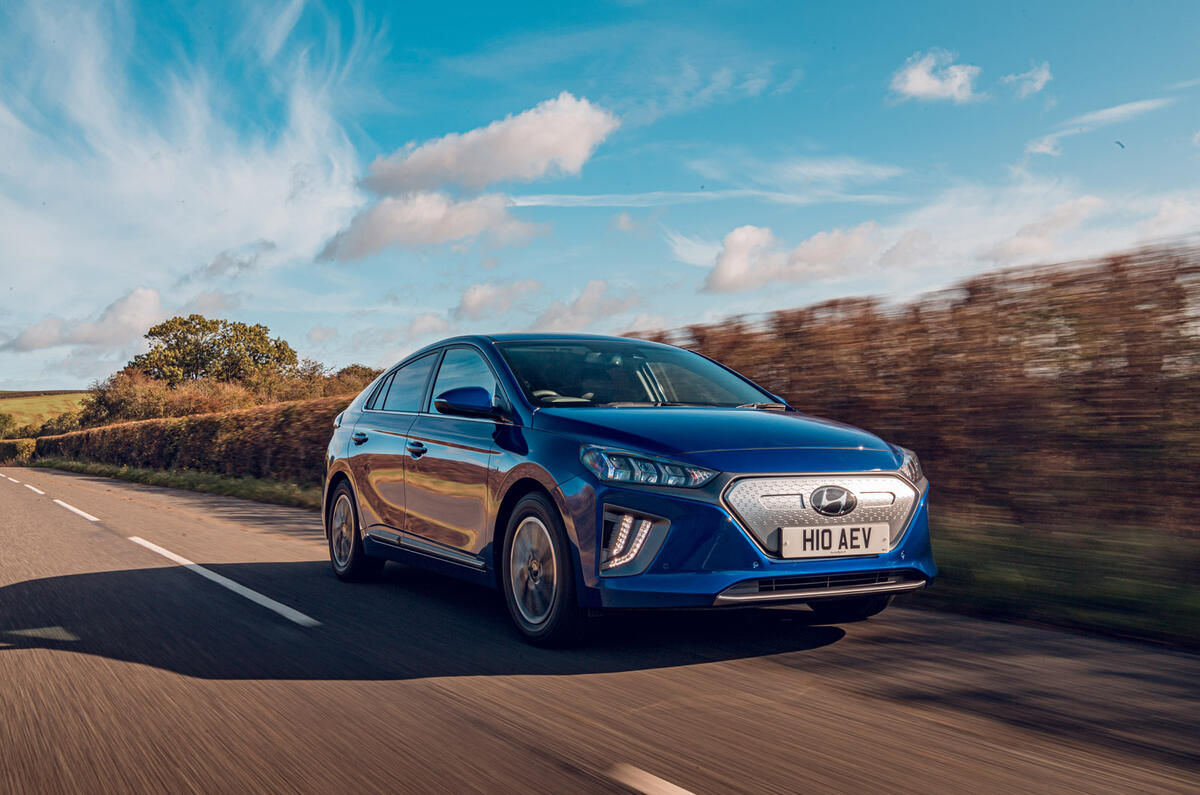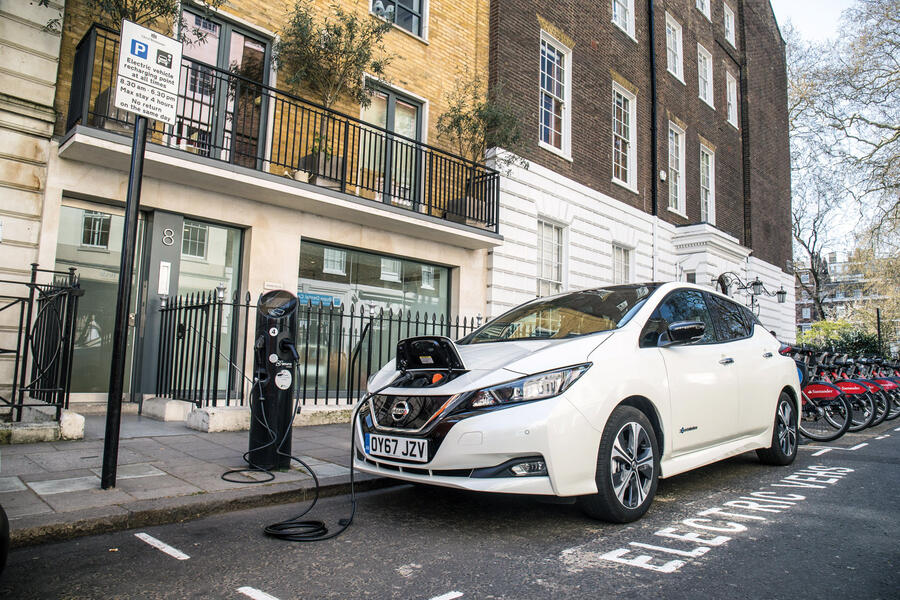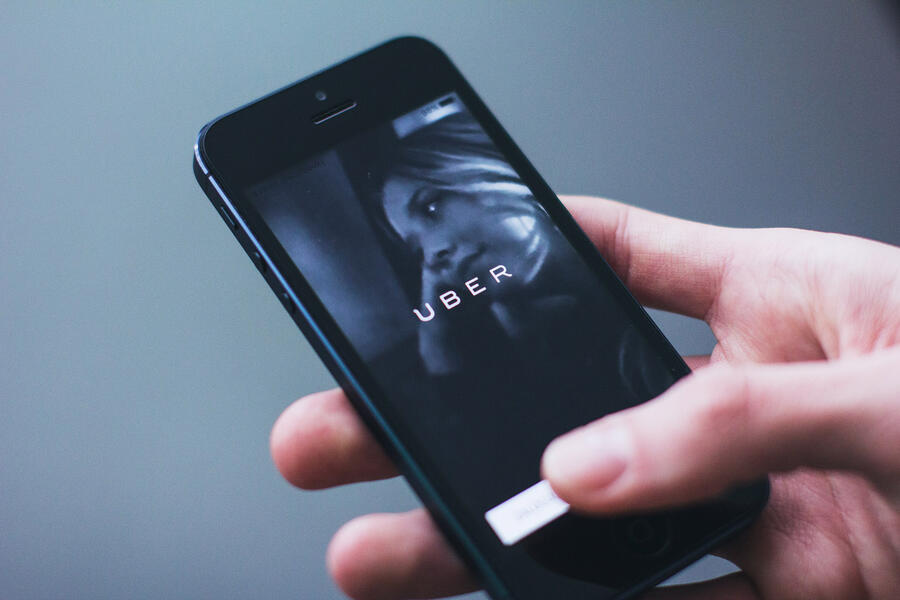Uber’s decision to become electric-only in London by 2025 has created a scramble among car makers to secure the business of some 45,000 drivers who will soon have no choice but to dump their hybrids if they want to continue working for the American private-hire-vehicle-hailing company.
However, it’s not just the usual industry players angling for custom: also making a pitch will be Chinese EV giant BYD and nascent British EV maker Arrival, which both see ride-hailing as a unique way into the UK car market.
To receive the latest industry news, please click here to sign up to the Autocar Business newsletter
The race is already starting. No new car with a combustion engine, whether it’s a hybrid or not, can be registered for private hire in London now. Uber says that 3.5 million trips have been undertaken in EVs (users can now specify one if they wish), and as part of its Clean Air Plan, the firm has launched a scheme to funnel cash into cheaper EV leasing to help its drivers switch over.
Uber says its vehicles are currently between four and five years old on average, and it admitted in a paper published last year that “most ride-hail drivers drive second-hand”. Uber wouldn’t say what its most popular car is, but the image of a reliable, frugal and slightly dog-eared Toyota Prius has become the symbol of a private-hire ride in the capital.

But with Uber’s commitment to an electric future pushing its drivers to buy new for the first time, car makers both established and new have spotted an opportunity to scoop up buyers in the firm’s biggest market – especially as Toyota is late to the EV scene. In April, Hyundai signed a deal with Uber across Europe to offer drivers “discounted access” to its Ioniq Electric and Kona Electric models.
This followed Nissan offering 2000 examples of its Leaf hatchback to London’s Uber drivers at a discounted rate.
Some 1600 of the cars available to be hailed on the Uber app are now electric, with the Leaf, Kia e-Niro and Kona Electric the most popular.



















Join the debate
Add your comment
Perfect opportunity for hydrogen fuel cell products - BMW, Hyundai, JLR and Toyota must be strong candidates
Good. A few years ago someone would have been along in a minute to say the grid won't cope and "hydrogen". Now I wonder if it'll be "where am I going to charge if all those Uber drivers are hogging the free charging spots?". Still progress.